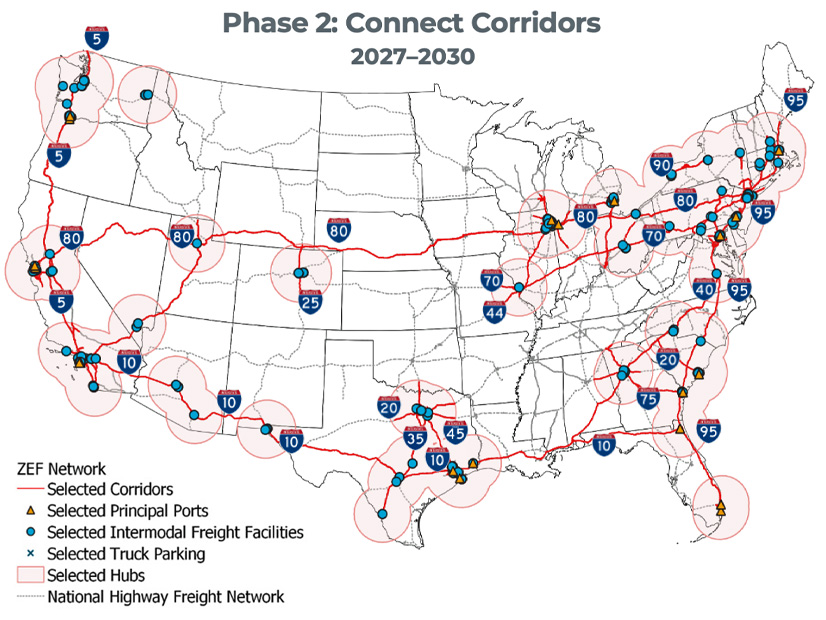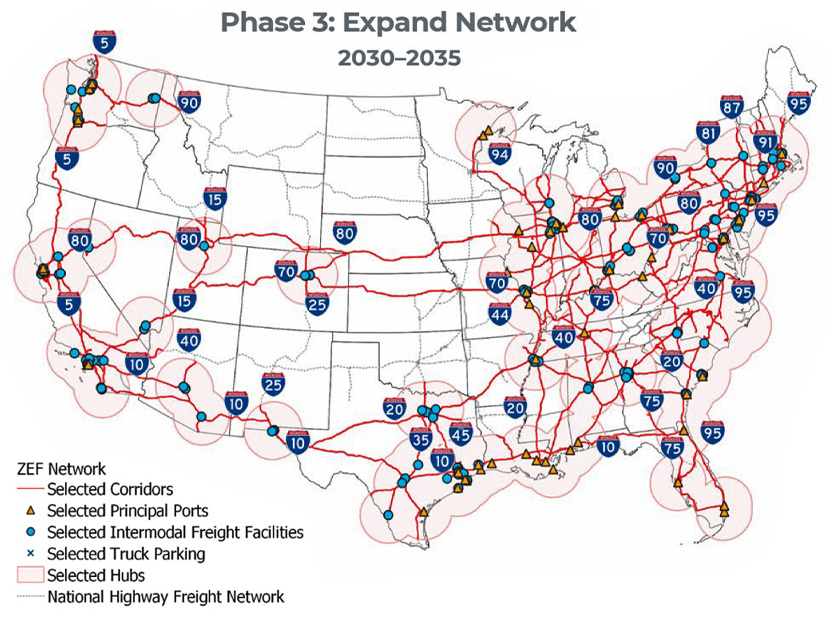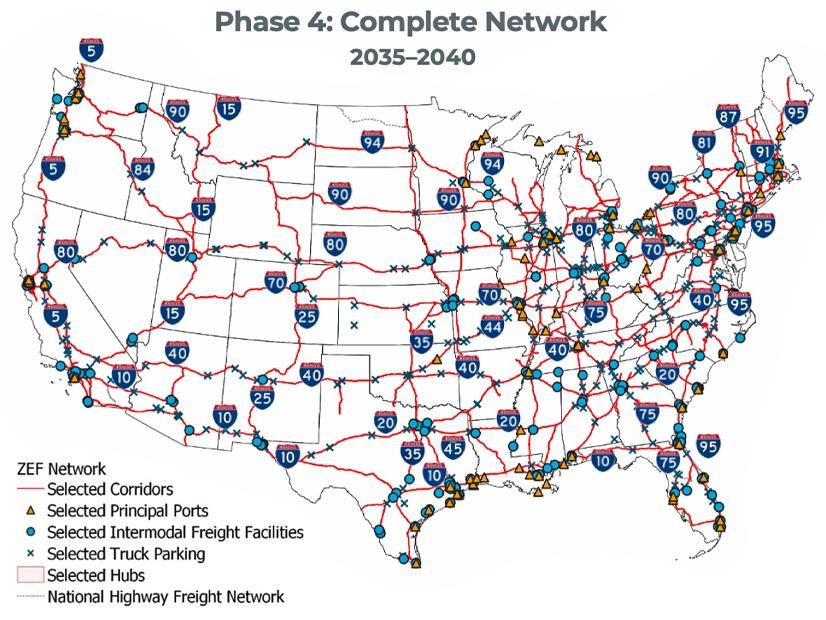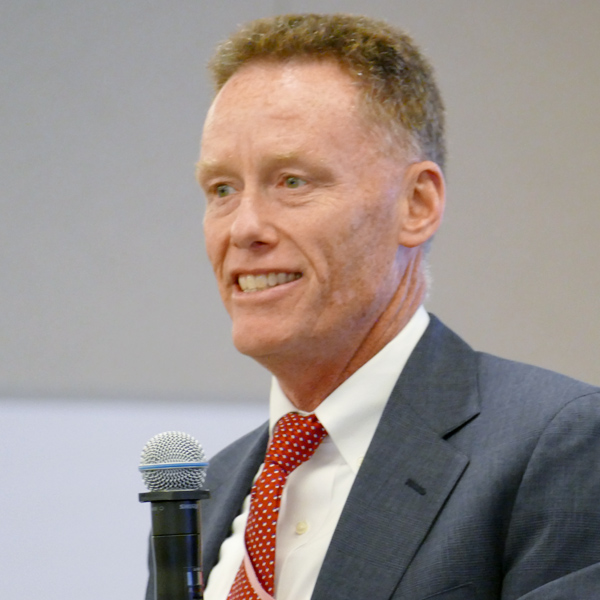Former FERC Commissioner James Danly told a House Oversight subcommittee March 12 that resource adequacy was being threatened by rapid generation retirements and demand growth.
The message, given to the House Oversight and Accountability Subcommittee on Economic Growth, Energy Policy and Regulatory Affairs, was not much different from what Danly, now a partner at law firm Skadden, told Congress last year when he was on the commission. (See FERC’s Danly, Christie Again Warn Congress of Looming Reliability Crisis.)
“Every market is different, the tariffs are different region to region, but there have been problems in properly incentivizing the arrival of new generation to meet load growth,” Danly said. “This problem becomes all the more difficult when the markets have to operate and create those price signals upon which we rely to ensure resource adequacy, when they’re operating in the context of widespread and lucrative subsidies, which have the inevitable effect of warping price signals.”
Federal subsidies overvalue some resources, while undervaluing others, and because those others are getting less money overall, that means there are fewer of them, he added.
Subcommittee Chair Pat Fallon (R-Texas) asked Danly whether EPA’s latest proposal on greenhouse gas emissions from power plants would impact reliability. As commissioner, Danly had sent a letter to EPA because he was worried they were not taking its potential impact on reliability seriously enough.
The rule is going to increase the capital investments of some of the covered power plants, which will have to be reflected when they bid into markets, and that ultimately should lead to higher prices, Danly said.
“I think that the Clean Power Plan could potentially create extraordinarily expensive prices in the markets,” Danly said. “And what I’m really concerned about is not that, because that’s a public policy decision. What I’m concerned about is that it seems to be undertaken without full knowledge of the consequence.”
Another issue with cleaning up the grid is that the buildout of renewables favored by many will require a massive expansion of transmission.
“I’m skeptical that that buildout of transmission is even feasible, given the cost. It’s an extremely capital-intensive proposition to build out that amount of transmission,” Danly said. “And given the regulatory risks that attend any large infrastructure project in the United States, it is very hard to site and construct long, linear infrastructure projects.”
The committee also heard from the libertarian Cato Institute through Director of Energy and Environmental Policy Studies Travis Fisher, who said the grid is becoming a liability due to multiple subsidies, mandates and regulations. The Inflation Reduction Act extended the production tax credit for renewables, and Fisher said they could cost taxpayers $3 trillion through 2050.
“These tax credits reward electricity production from unreliable sources and distort the market signals that keep reliable power plants running,” Fisher said. “The result will be a weaker grid over time, not to mention a deepening fiscal crisis in the country.”
While Fisher and Danly blamed policy for the grid’s performance, the Democrats’ witness — Converge Strategies’ Jonathon Monken, who previously worked for PJM — blamed increasing bouts of extreme weather caused by climate change. The grid is transitioning as clean energy becomes cheaper than traditional power plants like those that burn coal, Monken said.
“This transition is occurring at a time when the grid is under threat from climate-driven changes in severe weather patterns, as well as targeted attacks on grid infrastructure from homegrown violent extremists conducting physical attacks, and foreign adversaries utilizing cyber capabilities,” Monken said.
Recent winter reliability events have shown it’s risky to run the grid with a single fuel type and with limited geographies. Most outages in Winter Storms Elliot and Uri were because of issues around natural gas.
“More comprehensive evaluations of fuel security are needed to identify the optimal mixture generation types to reduce the risk of disruptions caused by fuel availability,” Monken said. “This should include transmission planning to prioritize connecting regions with a greater diversity of resources to those regions with a high dependency on single fuels that could suffer from these common mode failures.”



